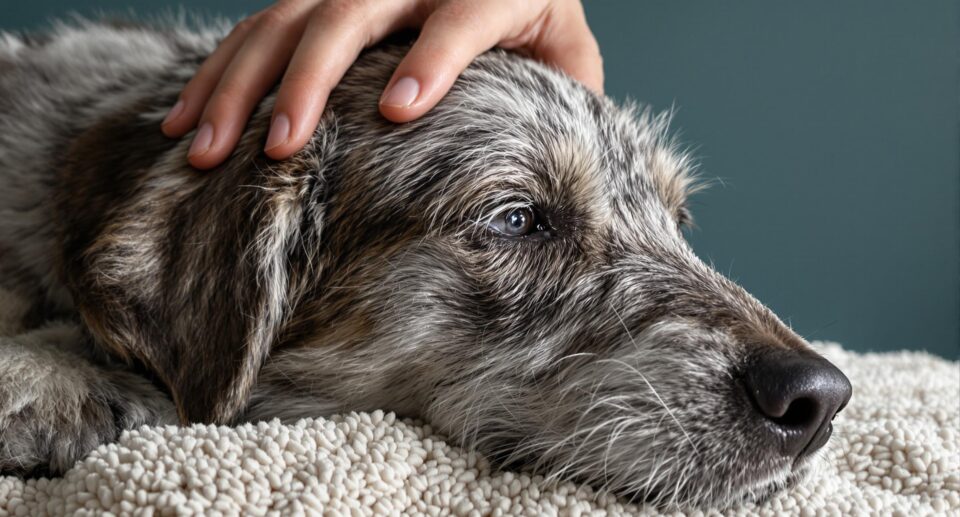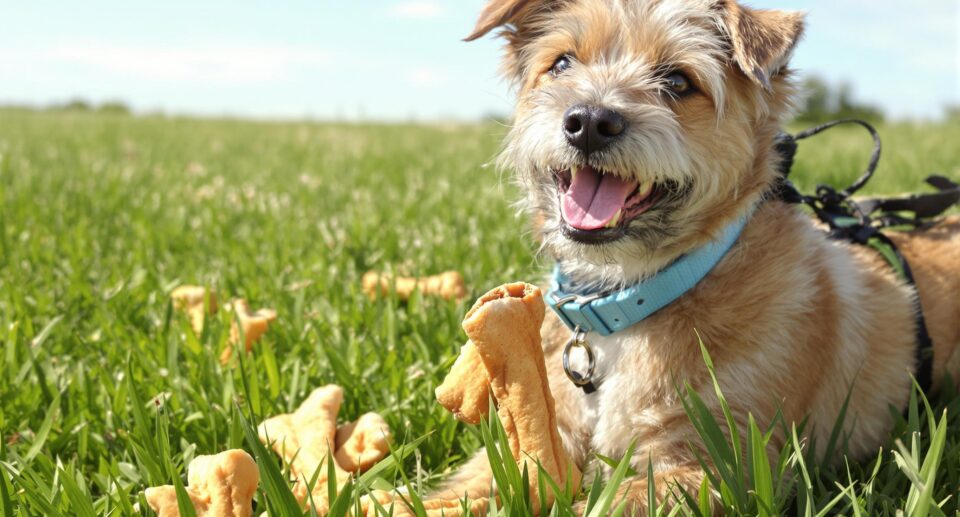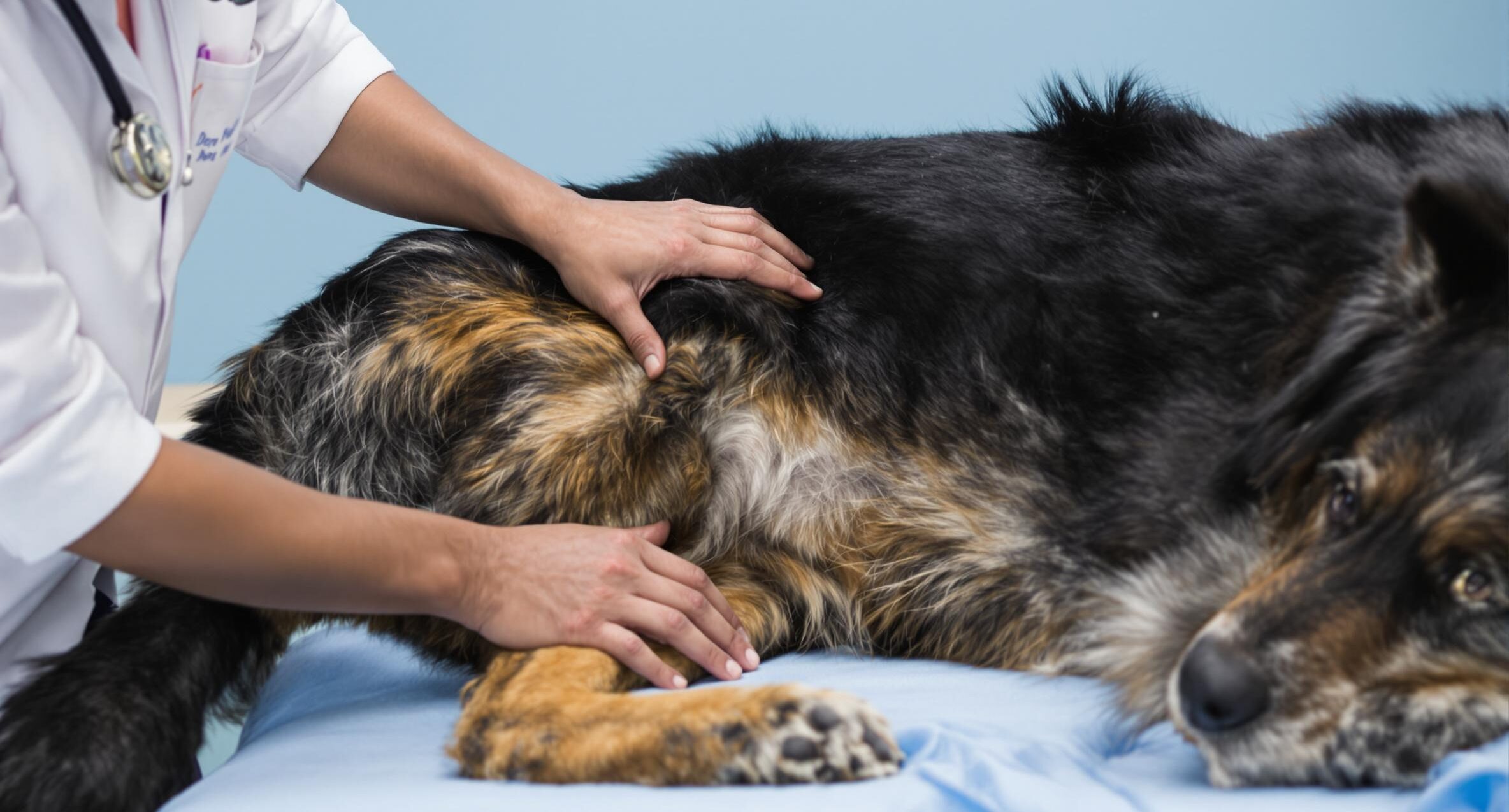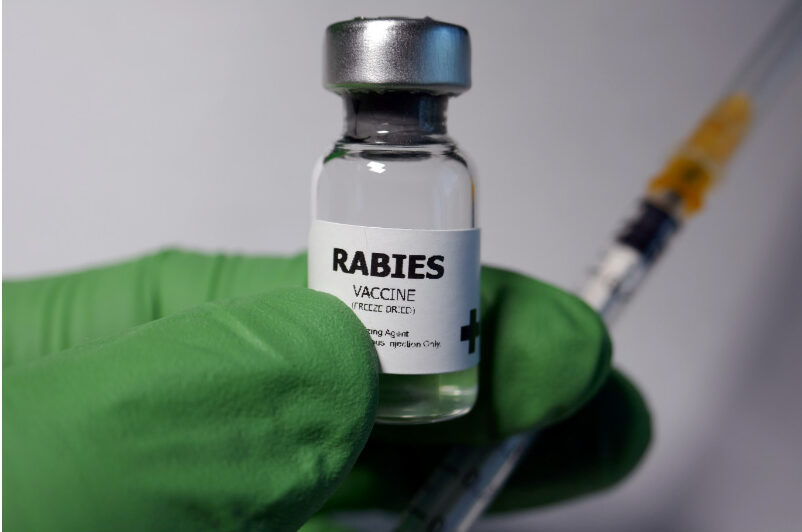Dental Care Guide for Dogs
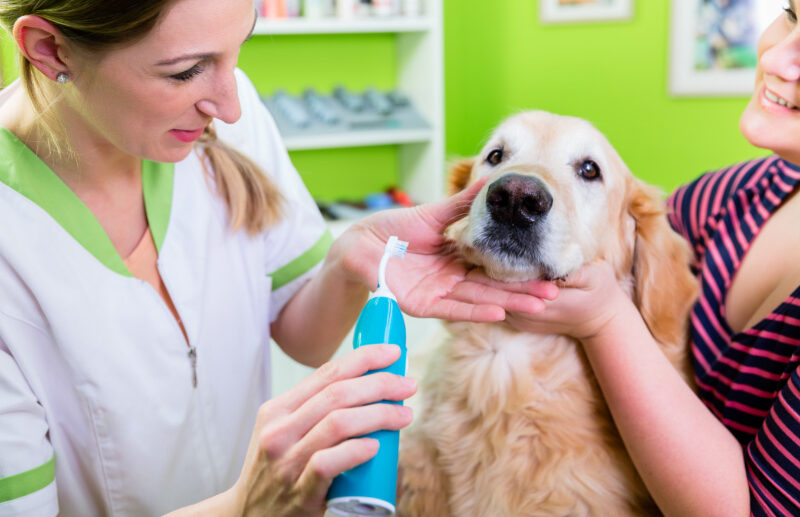
Dental care for your dog isn’t just about pretty teeth. It also has an effect on his or her kidneys and the heart, which is why a regular dental care routine for your dog is important. With routine toothbrushing, dental cleanings, and overall care, you can help add years to your dog’s life. A toothpaste specially formulated for dogs, dental chews and treats, water additives, and oral rinses are some of the products recommended for maintaining your dog’s dental health. Follow these steps to prevent your dog from having tartar and plaque buildup, periodontal disease, and/or bad breath.
Practice regular toothbrushing with your dog
- Start with enzymatic toothpaste such as C.E.T. Enzymatic Toothpaste. Toothpaste formulated for human use should never be used on pets as it can make your pet ill.
- Brush your dog’s teeth with a finger brush like the Petrodex Finger Toothbrush or a dual-sided toothbrush. Note: Finger brushes are usually better to start with; however, some dogs don’t mind other toothbrushes.
- Put a small amount of the toothpaste onto the brush and rub over the teeth, front and back and side to side.
- After you’ve brushed all of the teeth, give a small dental treat to your dog to signal a job well done and to get some of the toothpaste off of the teeth.
Kill bad breath-causing bacteria
It’s no secret bacteria lives inside your dog’s mouth, but did you know it can also be found in your dog’s water bowl? Dental care products such as water additives can help whiten your dog’s teeth, and kill bacteria in your dog’s bowl and mouth. Dental rinses can help freshen your dog’s breath and fight plaque.
Monitor your dog’s oral health
Periodically you should look into your dog’s mouth to check for possible health concerns. Lift up the lips and inspect the gums and the teeth, in every angle that you can. Look for:
- Inflamed/red or bleeding gums
- Brown or yellow buildup on your dog’s teeth
- Loose or missing teeth
Any of these, as well as unusually bad breath, can be a sign of serious dental problems, which you will want to address with your veterinarian.
Brush your pet’s teeth
Although brushing your pet’s teeth may be a difficult task, doing so can help prevent tartar and plaque buildup, which over time could lead to periodontal disease. For many pets, especially small dog breeds, periodontal disease is a common problem. However, brushing your pet’s teeth with the C.E.T. Oral Hygiene Kit for Dogs and Cats can help prevent dental diseases and reduce the likelihood of costly veterinarian bills for oral surgery.
Maintain your pet’s oral health
Brushing is the most effective way to keep your pet’s teeth and oral health at its best; however, there are additional products you can use. For especially finicky pets, consider an alternative to brushing. You can also kill bacteria that causes bad breath by adding our Be Fresh Dental Care Solution to your pet’s drinking water. And if you’ve noticed a bad odor coming from your dog’s breath, try our Breath Refresher Chews. Each chewable tablet contains a minty flavor and parsley oil helps to calm your pet’s digestive system. However, if your dog’s bad breath continues, you may also want to consult your veterinarian, as this could be a symptom of an oral disease.
Use dental treats as a reward
Next time you reach for a treat to give your pet, why not try a dental treat instead? Pets love the taste and chewy textures of Greenies Dental Chews and C.E.T. Oral Hygiene Chews. These treats help remove plaque and tartar buildup, but your pet will be too busy chewing away to notice.

